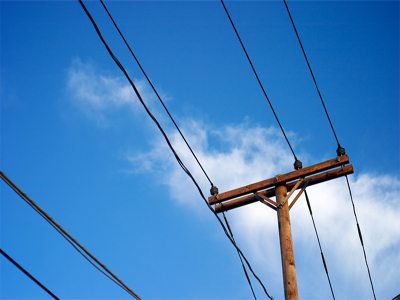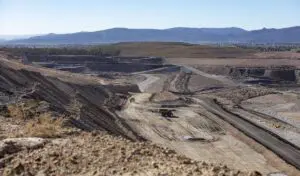The freshly announced closure of Alcoa’s Port Henry aluminium smelter, along with two of its rolling mills, is expected to take quite a load off Australia’s National Electricity Market – enough to lead to the retirement of more of Victoria’s brown coal-fired capacity, according to some.
But a new report by ClimateWorks suggests that shutting down capacity is not the only way energy-hungry companies like Alcoa can make a significant contribution to reduced peak power consumption and to cheaper electricity bills.
The report, released on Friday, found that by reducing or shifting load to off-peak times, some key industrial groups had the potential to contribute to reduced total grid electricity use at peak times of an estimated 10.5 per cent – and with multiple benefits.
“Reducing peak demand could help reduce electricity costs by avoiding or deferring the construction of power plants and network augmentations that are only needed on a limited number of days each year,” said Amandine Denis, head of research at ClimateWorks.
According to Denis, the report – which analysed 34 companies across 22 sectors that make up 83 per cent of Australia’s industrial grid electricity use – estimates up to 3.8GW of grid electricity could be saved at peak demand times (summer weekdays between 2-7pm) by key industries reducing their electricity use or shifting it to off-peak times about five to 10 times a year.
“This would be the equivalent of about 42 per cent of total demand these industries are expected to draw from the grid at peak times and 10.5 per cent of Australia’s total peak demand, including industrial, commercial and residential use,” Denis said.
 But the report notes that this potential remains largely untapped, due to a lack of effective and accessible financial incentives.
But the report notes that this potential remains largely untapped, due to a lack of effective and accessible financial incentives.
“More direct incentives to industry for shifting their energy use could take pressure off the entire network on days when demand is expected to be high, for example extremely hot days, and minimise spikes in spot electricity prices,” she said.
“Achieving the full estimated potential would require companies to be given 24 hours notice and a financial incentive equivalent to 20-30 per cent of their electricity bill (this incentive is considered to be the high end of potential market benefits). Additionally a range of internal company capacity factors need to be aligned, such as supporting skills, and competing company priorities.
“If the incentive level was decreased to between 5 to 15 per cent of the companies’ energy bill (similar to current incentives in Western Australia) then the estimated potential would be 1.7 GW or about 5 per cent of total peak demand.
According to the report, the sectors with the largest potential to shift or shed their load during peak electricity demand include fabricated metal products, like aluminium, and ceramics.
The industries with the largest potential to shed load included mining, earth moving and excavation, stationary materials handling and motors.
“The potential identified in this report will be difficult to realise unless both financial incentives and internal company capacity are aligned by a market approach under the National Electricity Market,” Denis said.
“Industrial demand management programs are already operating successfully in parts of Australia and the United States.
“Typically, these programs involve voluntary agreements with large energy users whose production processes can be shifted in time or interrupted, in exchange for a cash payment and an agreed notice period.
“For example, in Western Australia, large construction company BGC receives an incentive payment for being available to shut down 5MW of load at peak demand times while another participant Water Corp can shift about 60MW of load.










